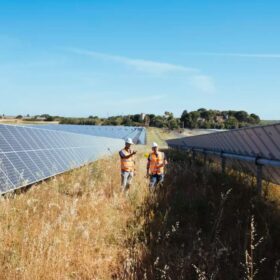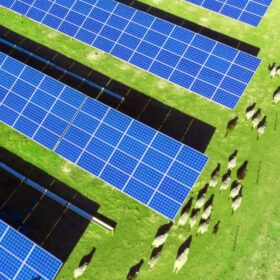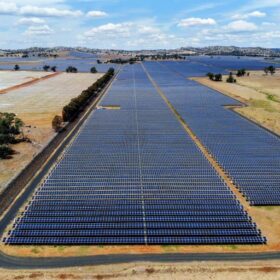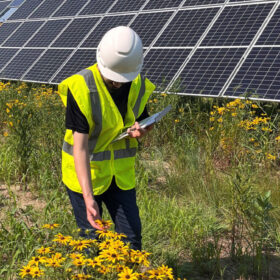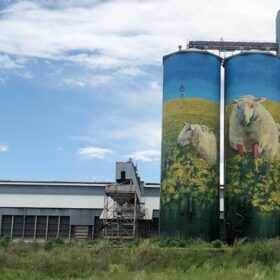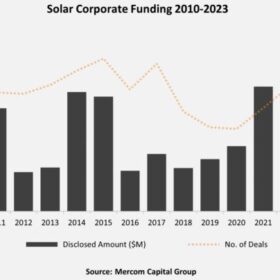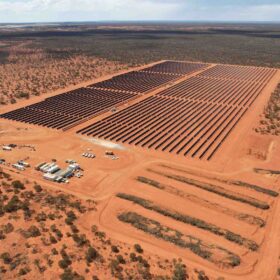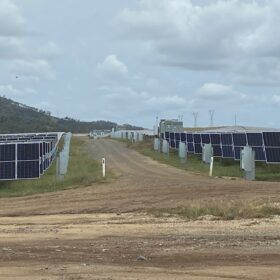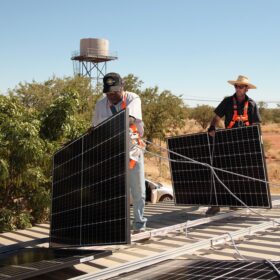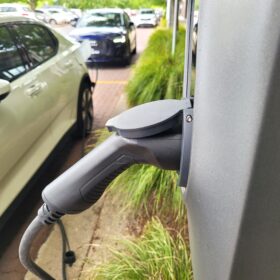Rio inks long-term offtake agreement for 1.1 GW Queensland solar plant
Resources giant Rio Tinto has signed Australia’s largest yet corporate power purchase agreement – agreeing to buy 100% of the output from European Energy Australia’s 1.1 GW Upper Calliope Solar Farm to provide renewable power to its aluminium operations in Queensland.
Developer eyes new opportunities after Mudgee solar farm rejected
Renewables company ITP Development will continue to look for opportunities in regional New South Wales despite the Land and Environment Court having killed off the company’s plans to build a large-scale solar farm near Mudgee in the state’s central west.
Harmony syncs with First Renewables on 150 MW NZ solar farm
Renewable energy infrastructure developer Harmony Energy will team with New Zealand clean energy aspirant First Renewables to build what is expected to be the largest solar farm in the country when it is commissioned in 2026.
EnergyCo announces access rights update for Central-West Orana REZ
Renewable energy generators chasing access rights to the new Central-West Orana Renewable Energy Zone network will be presented with a streamlined application process as the New South Wales government prioritises achieving financial close on the network project.
Solar sites linked to higher levels of insects
Scientists conducting a five-year research project in the United States have observed a tripling of insect numbers near two solar facilities built on rehabilitated agricultural land. They say the findings show how habitat-friendly solar could help protect insect populations and improve pollination in nearby agricultural fields.
Ausgrid turns to microgrid technology to support energy system into future
New South Wales electricity distributor Ausgrid is exploring the potential of solar-powered microgrids to enhance energy security for communities during extreme weather events and extended outages with construction having started on what will be the company’s first microgrid.
S-5! offers solar attachment solution to simplify wire management
S-5! has introduced a module-level power electronics mount for solar developers, installers, end users, and engineering, procurement and construction contractors who are looking for a mounting device for solar module frames, without attaching to rails.
Solar corporate funding hits decade-long high in 2023
PV funding activity increased by 42% year-on-year in 2023, driven by strong growth in private market financing and debt financing, despite a decrease in the total number of deals, according to United States-headquartered consultancy Mercom Capital Group.
BHP searches for renewables to power Pilbara operations
Mega-miner BHP has reportedly put a request for proposal out to energy suppliers seeking new wind, solar and battery energy storage capacity as it progresses plans to electrify and decarbonise its mining operations in Western Australia’s Pilbara region.
Investor group warns of revenue risk for solar farms
The Clean Energy Investor Group has warned that solar farms in southwest New South Wales and northwest Victoria could suffer from “large and unpredictable” swings in revenues because of material changes in marginal loss factors.
